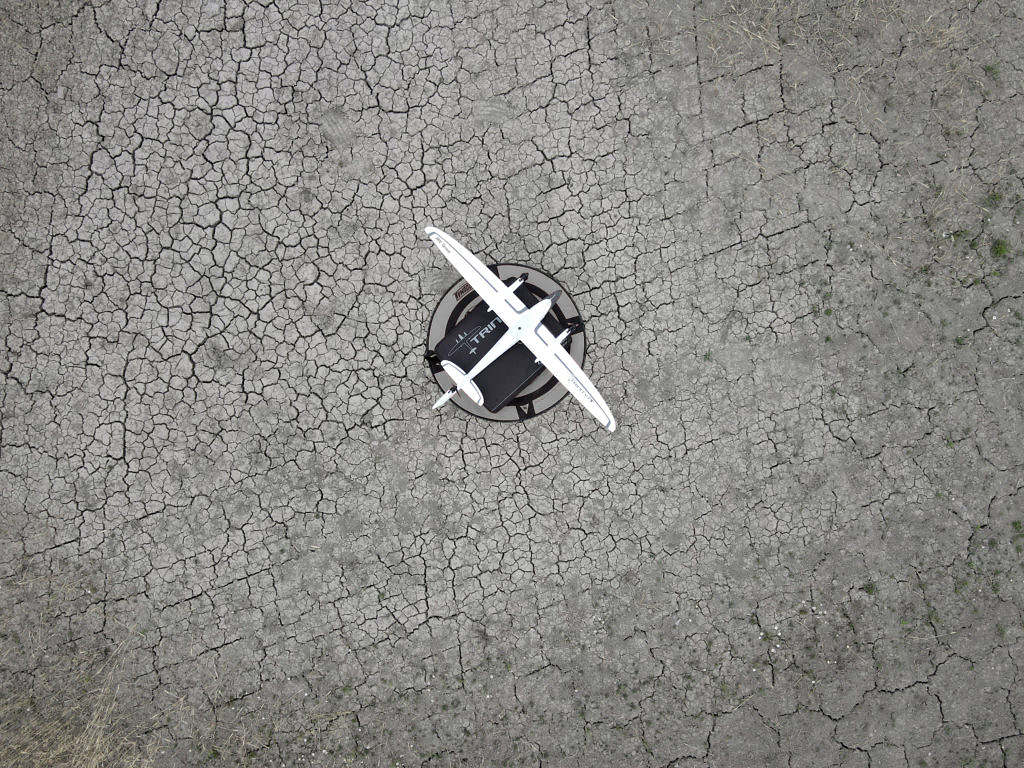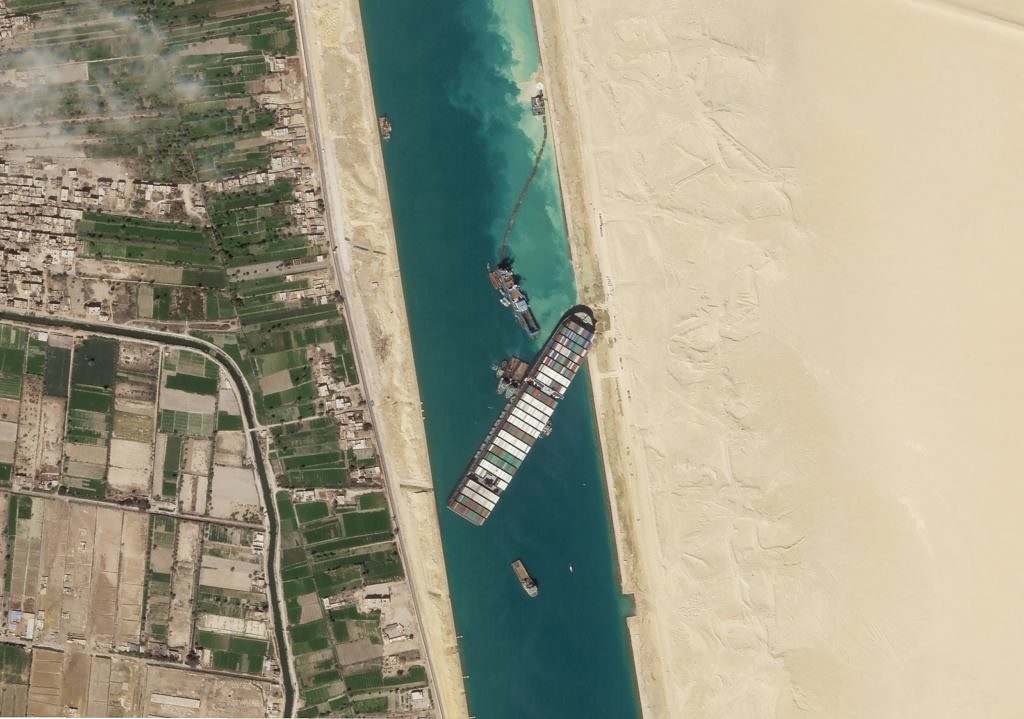
Our Head of Strategic Advice is reflecting upon the discussions conducted during the Swedish annual defence conference that recently was held in Sälen
How do you define “quality” or “capability” with respect to civil defense and “total defense”?
One suggestion could be: “A strong military defense and civil contingency system discourages the adversary because the cost for the adversary to achieve their goals, becomes too high.”
For example, an attack on Sweden’s food supply would be ineffective if all citizens had their own stock of food [large enough]. Another example is that an attack on the country’s energy system would also be ineffective if all actors in society were self-sufficient in energy.
This is what is usually referred to as “robustness”. The alternatives are redundancy (in the event of disruption, we get help from someone else) or resilience (we accept a dropout before we regain the ability).
From these claims and examples, it can be deduced that the higher the cost will be for the attacker to achieve his goals, the better the total defense.
But there is a catch – the economy. The best thing – from a defense perspective – would be to bury the entire community in the bedrock and place an anti-aircraft gun every 10 km over the entire surface. It would however be unreasonably expensive.
Thus, it can be inferred that there is a balance point between the extreme level of protection and no level of protection at all.
This is something for governments to analyze. Where is the balance point?
There is one more aspect and that is the cost of operations vs effect that every actor in any defense system needs to reflect upon. An example of this is the consequences of the amendments to security legislations in recent years. If each actor (agencies, municipalities, corporations, etc.) spends an unreasonable amount of time and resources on security testing staff or protecting too much information in relation to the risk of it being disclosed, the effect eventually drops too much. It is important to find a balance.
A similar issue concerns the stockpiling of supplies and the degree of self-sufficiency. In the best of worlds, there are stocks for the entire war and/or 100% self-sufficiency. But everyone understands that it is not financially defensible over time. How about transportation? Theoretically, one could imagine that all transports in the country are carried out with a hundred of thousands of drones. It would radically reduce the danger to life and health and increase agency to the maximum.
What about psychological defense? Can a country protect itself 100% against influence operations? Perhaps by forcing all citizens to take a 6 months course in source criticism? Also, an extreme solution for many reasons.
Why bring up such extreme cases? Simply because one needs to find the balance point between zero and the extreme. Using this bracketing method concretizes that process.
Now that national defenses and alliances are being strengthened, it is important, both for military and civil defense, to look for common capability platforms. What systems can be used civilly and militarily, in peace, crisis and war? This could be called the “sharing economy of defense and preparedness”.
It is a method that lowers the cost for us but keeps the attacker’s cost at a high level. Innovation and technology development can lead to solutions that are both BETTER and CHEAPER compared to extrapolating proportional capability development. If we build on yesterday’s solutions and logic, we cannot manage the threats and risks of the future.
This is where the research community could play key roles as well as equipment and system cooperation within the EU and also NATO. Sweden already participates, for example, in systems analysis studies within the framework of the NATO Science & Technology Organization. Industry and higher education institutions, trade associations and governmental agencies can also contribute.
Finally, the iteration procedure consisting of the step: exercise – validation – revision – application must get underway across the board. It is only by testing the systems in a simulation (=training and exercise) that validation metrics can be obtained. Only then can the actors analyze the delta towards the balance point.
Freddy Jönsson Hanberg,
Head of Strategic Advice at MW Group








